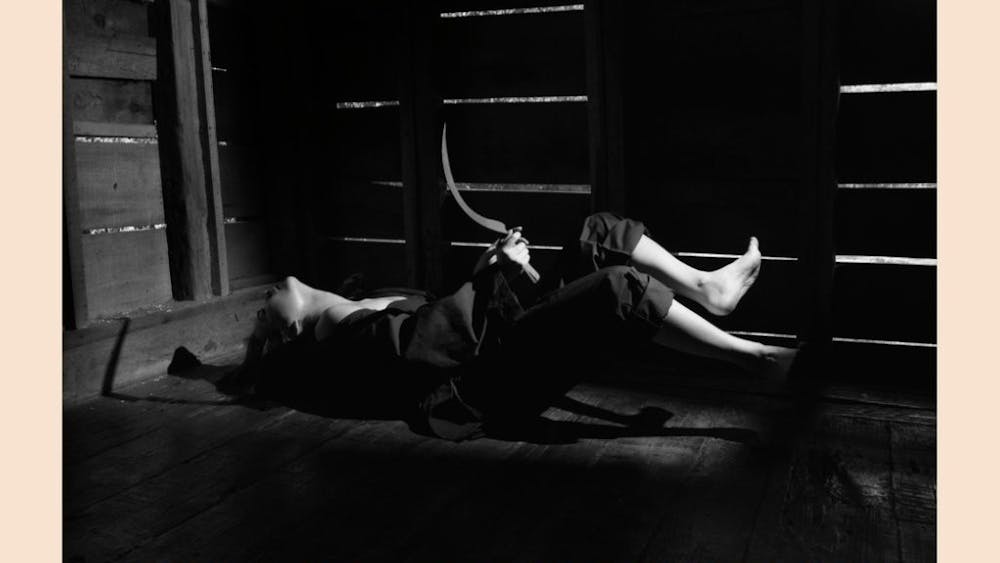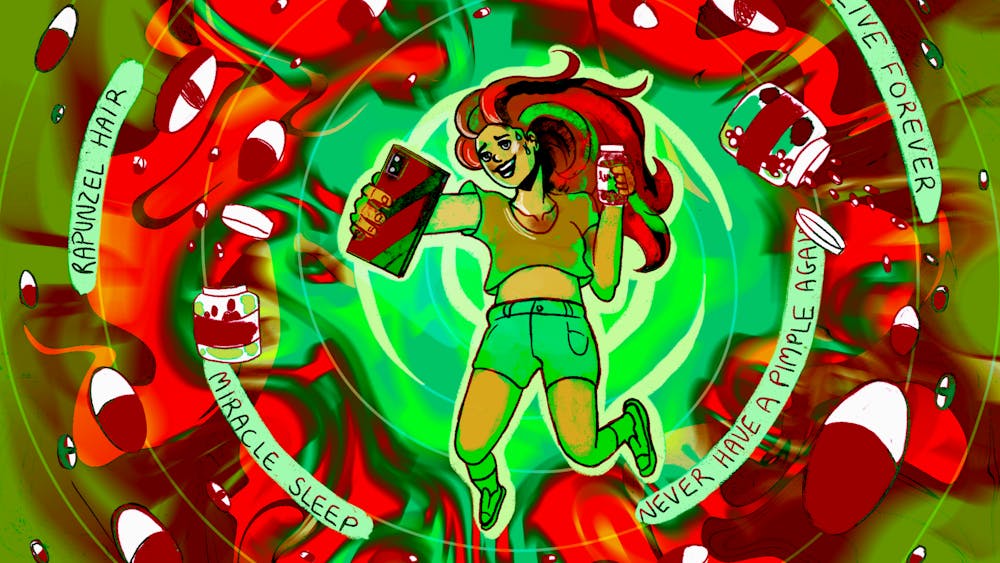The Princeton Review released the newest edition of its popular college rankings guide, a veritable library of statistics and descriptions for some 371 American educational institutions.
But for all the fanfare of its release, one might reasonably ask whether the Princeton Review and similar organizations have really added value to the college application process and whether a statistical analysis, no matter how inventive it might be, can really do justice to a school.
Consider the breakdown for IU. The Princeton Review tells me the school has 31,626 undergraduates, an 18:1 student-faculty ratio and an average high school GPA of 3.6 for incoming freshmen. There are 10 categories per school, including Academics & Majors, Admissions, Student Body, and Campus Life/Facilities.
To its credit, the Princeton Review manages to compile an exhaustive collection of facts and figures indicative of extensive research. Its yearly rankings provide a point of departure for more in-depth research and give students a general idea of the credentials necessary for applying to a certain school.
But there are several things the publication and other organizations won’t admit to naive freshmen and their parents.
First, college preparation has become a big business. There are the SAT, ACT, AP exams and SAT Subject Tests to be paid for and taken; each of which, for the serious student, likely requires a corresponding preparation guide. After all, “The Best 371 Colleges, 2010 Edition” is just one of 165 books released by the Princeton Review under its current publisher. And then there are the college visits. And the application fees.
What students eventually learn, however, is that even the most extensively researched, well-strategized and perfectly executed college preparation plan will fail to equip students for the realities of college. Trying to judge a school’s academic climate and culture based solely on a list of statistics is like judging the flavor of a dish after having only looked at its ingredients.
Instead of poring through publications like the Princeton Review, which develops its characterizations based on a smattering of surveys, or US News & World Report, which is still beholden to antiquated indicators like price tag and prestige, prospective students and their families would do well to examine studies like the National Survey of Student Achievement or the Collegiate Learning Assessment, which look at more standardized indicators such as the number of books and papers assigned or the ways in which students’ thinking develops during their college careers.
According to these evaluators, a school’s big-time reputation doesn’t always translate into corresponding results. But because colleges participate voluntarily, the nonprofits that administer the National Survey of Student Achievement and Collegiate Learning Assessment are prohibited from disclosing such results.
This is why, despite simply regurgitating the same information provided by any school’s Web site or a random sampling of its students, sources like the Princeton Review will continue being regarded as the gold standard for college prep.
I guess that also means IU won’t be giving Yale a run for its money any time soon.
The reality behind rankings
Get stories like this in your inbox
Subscribe





